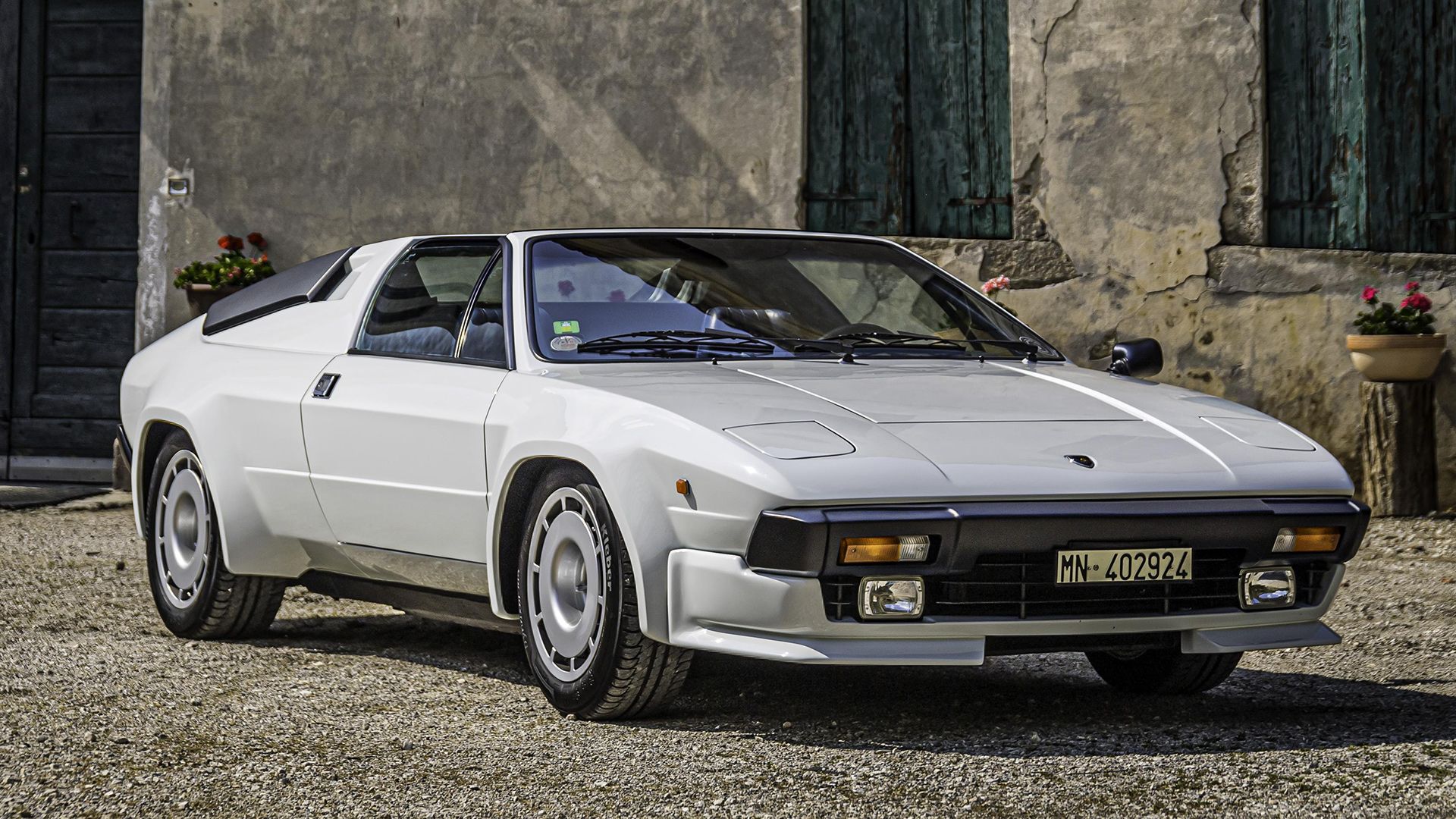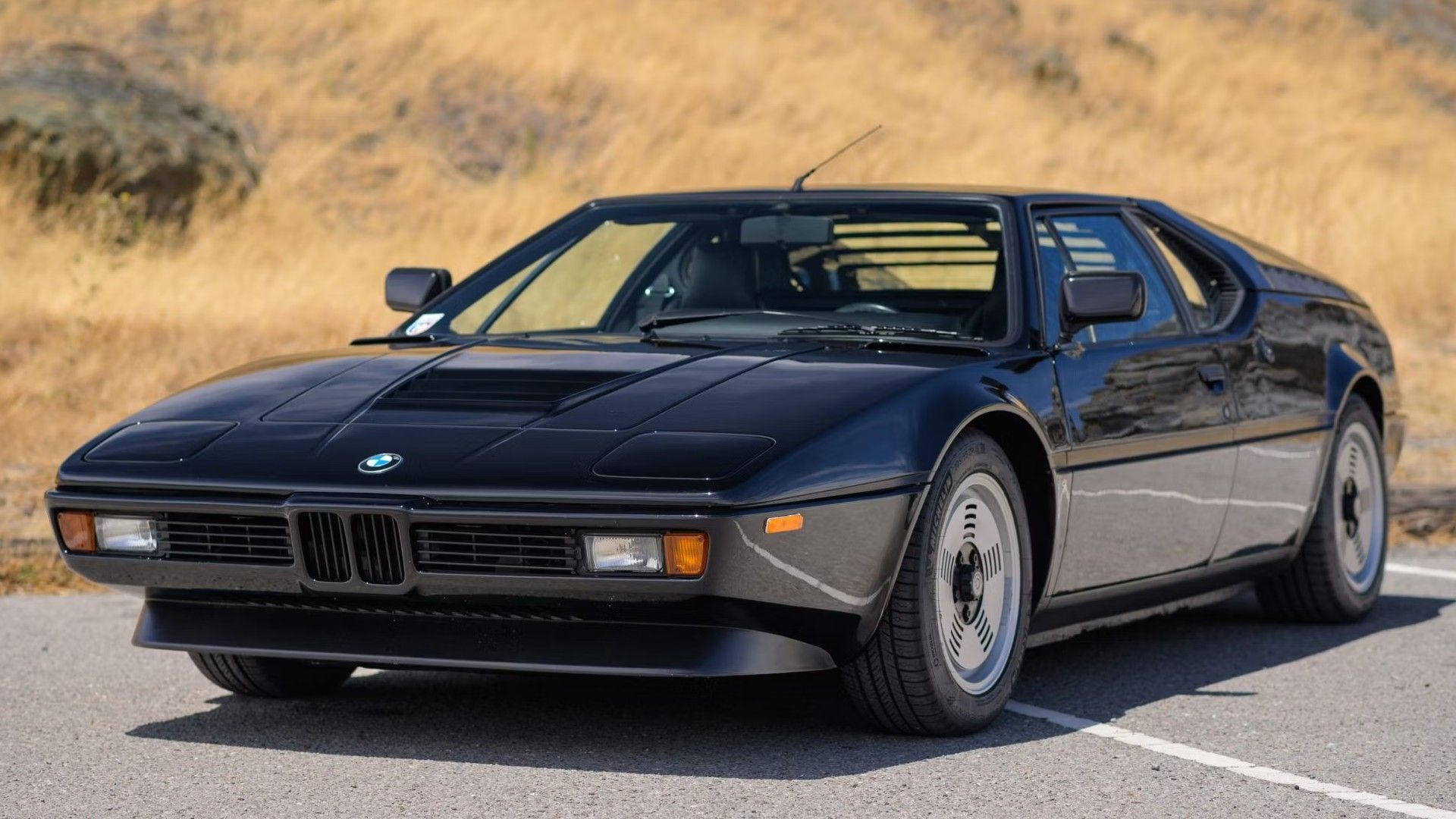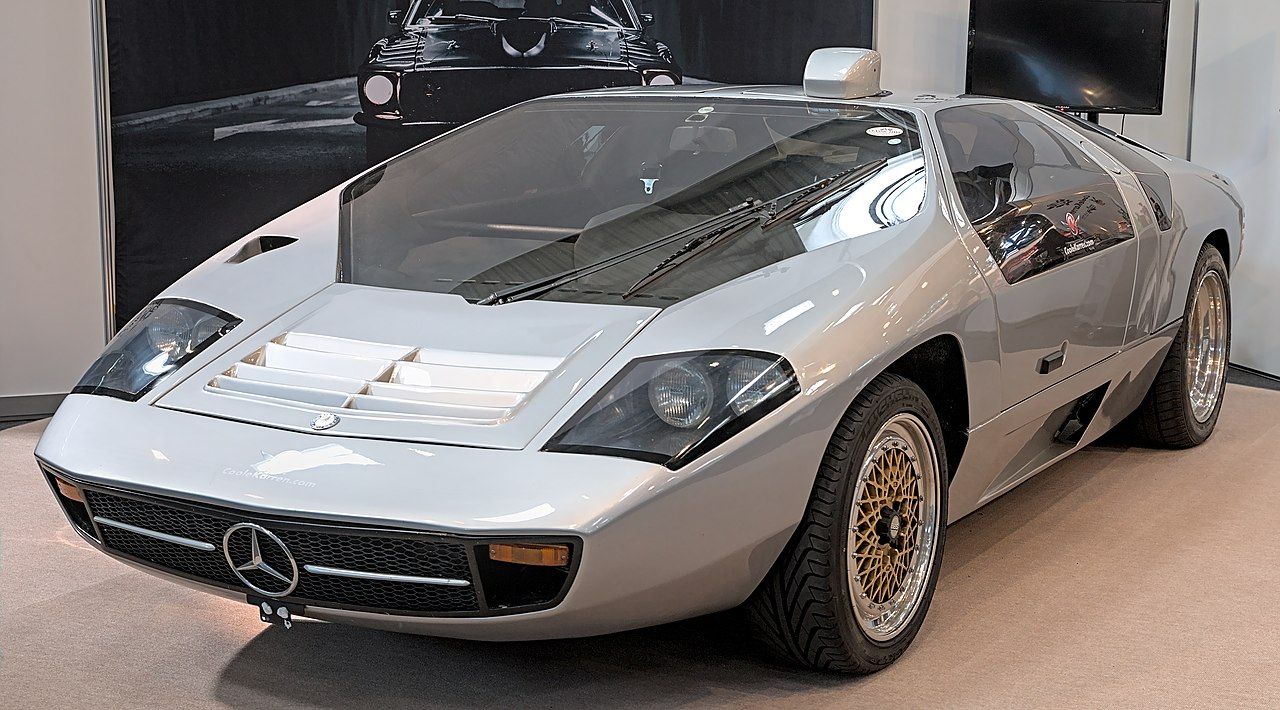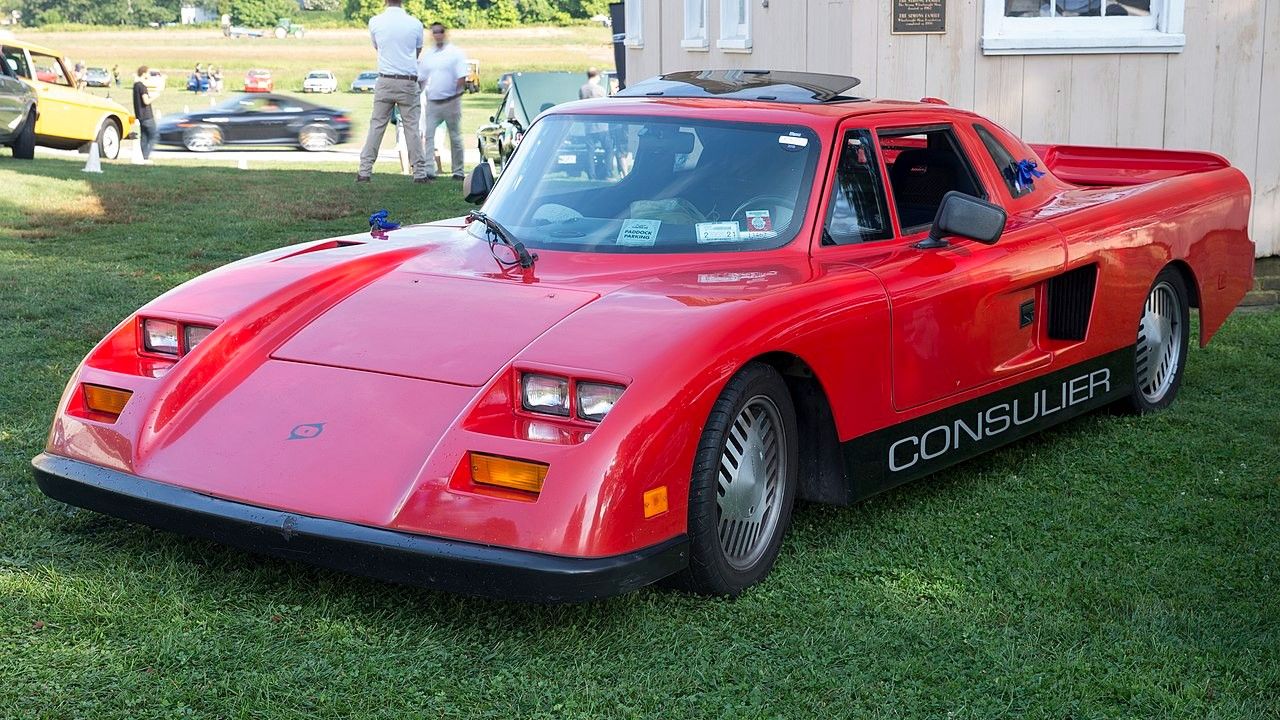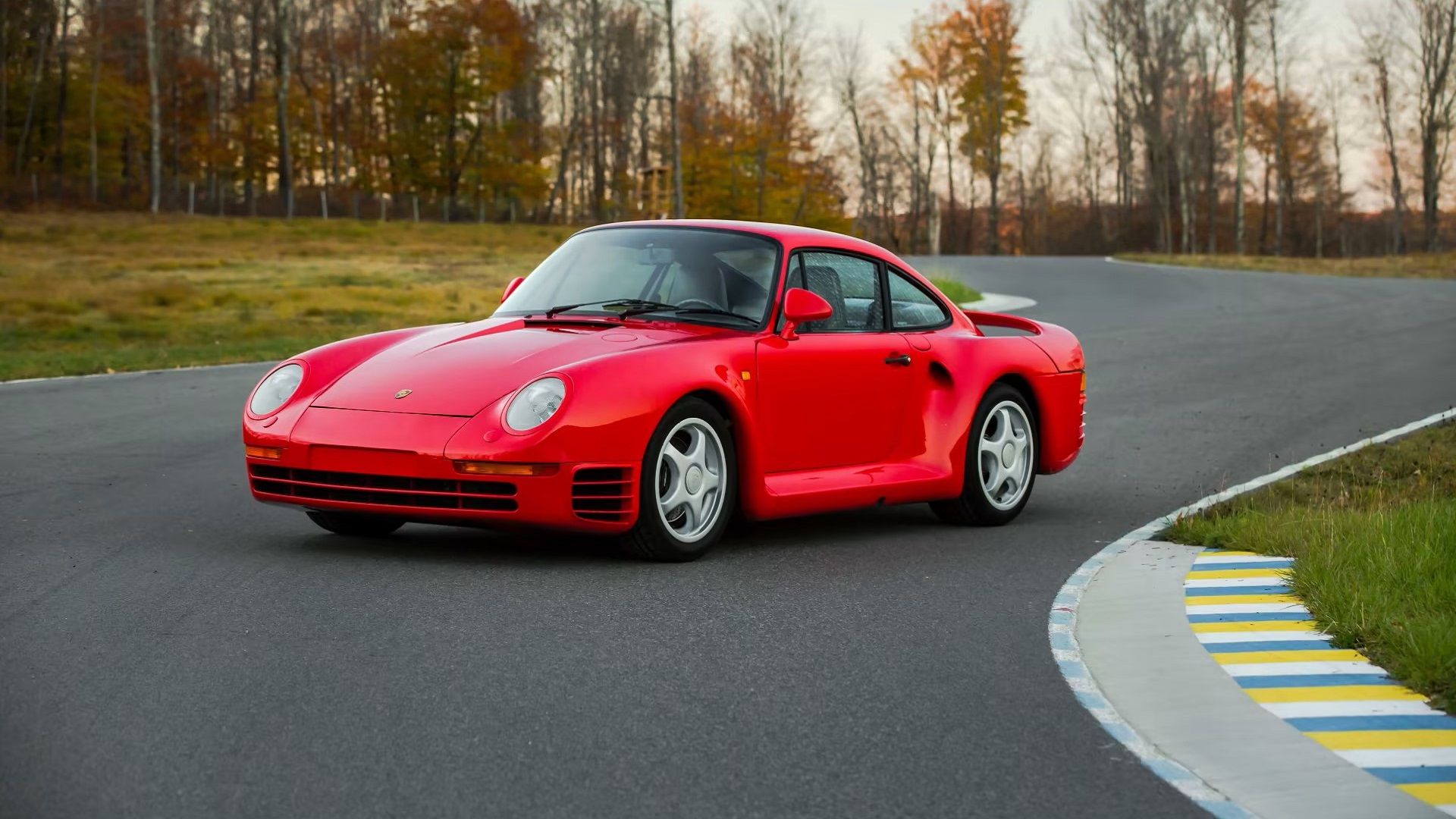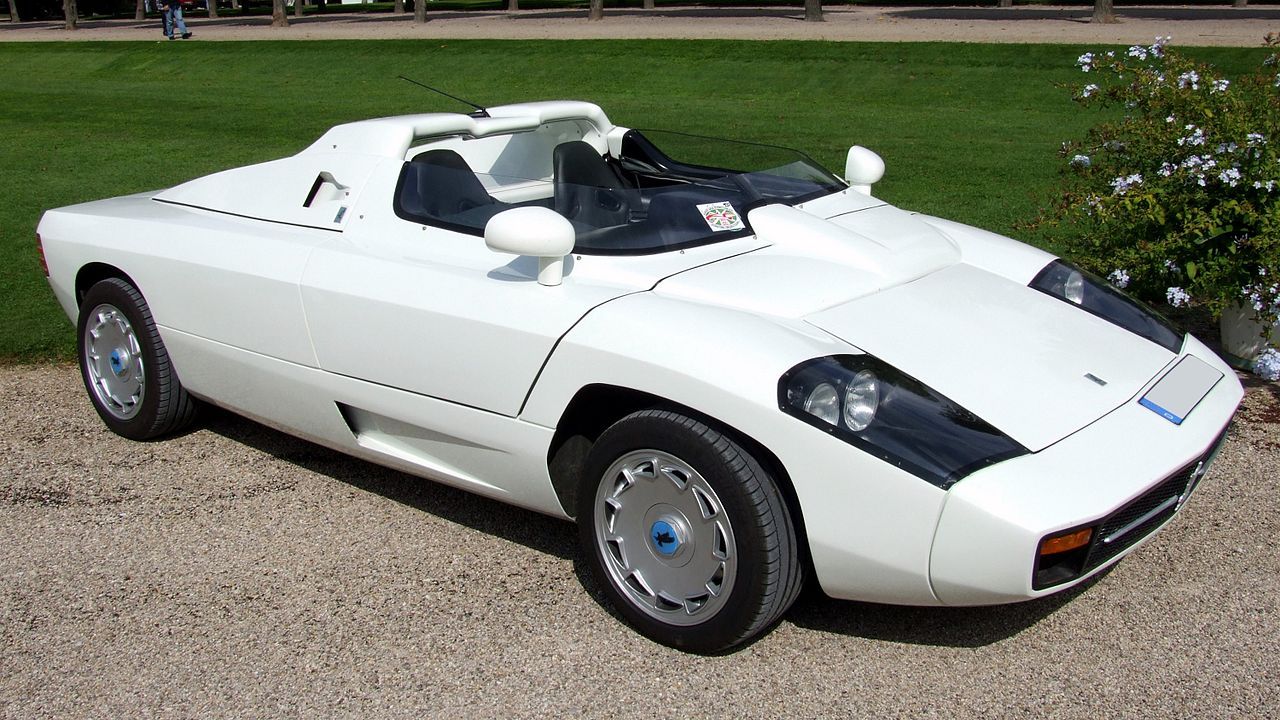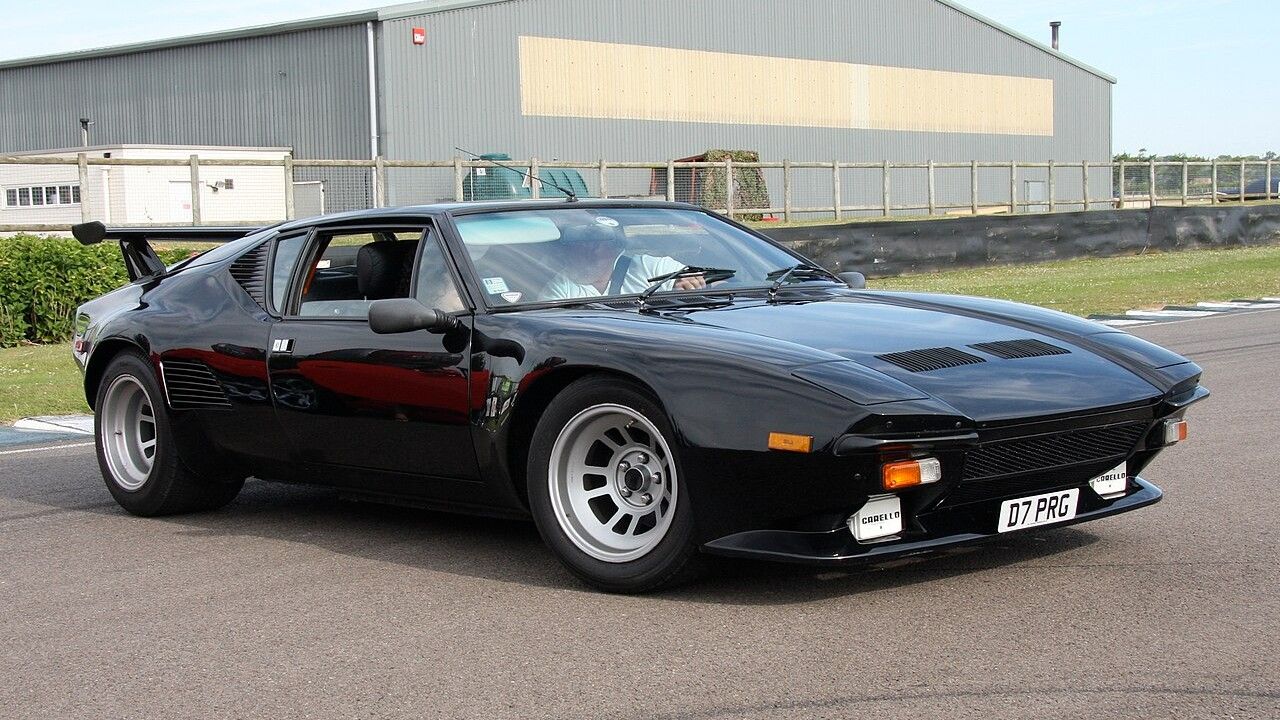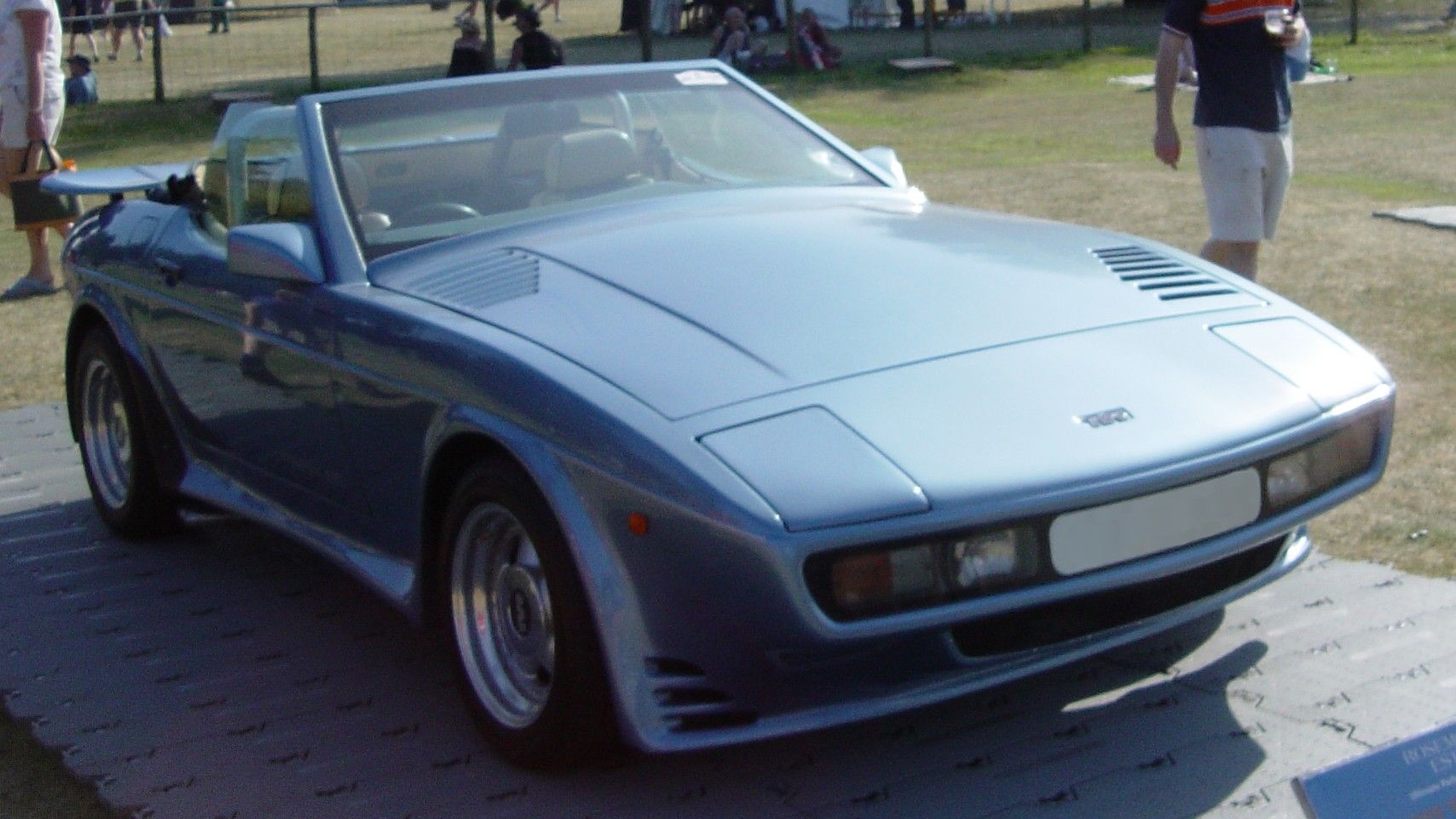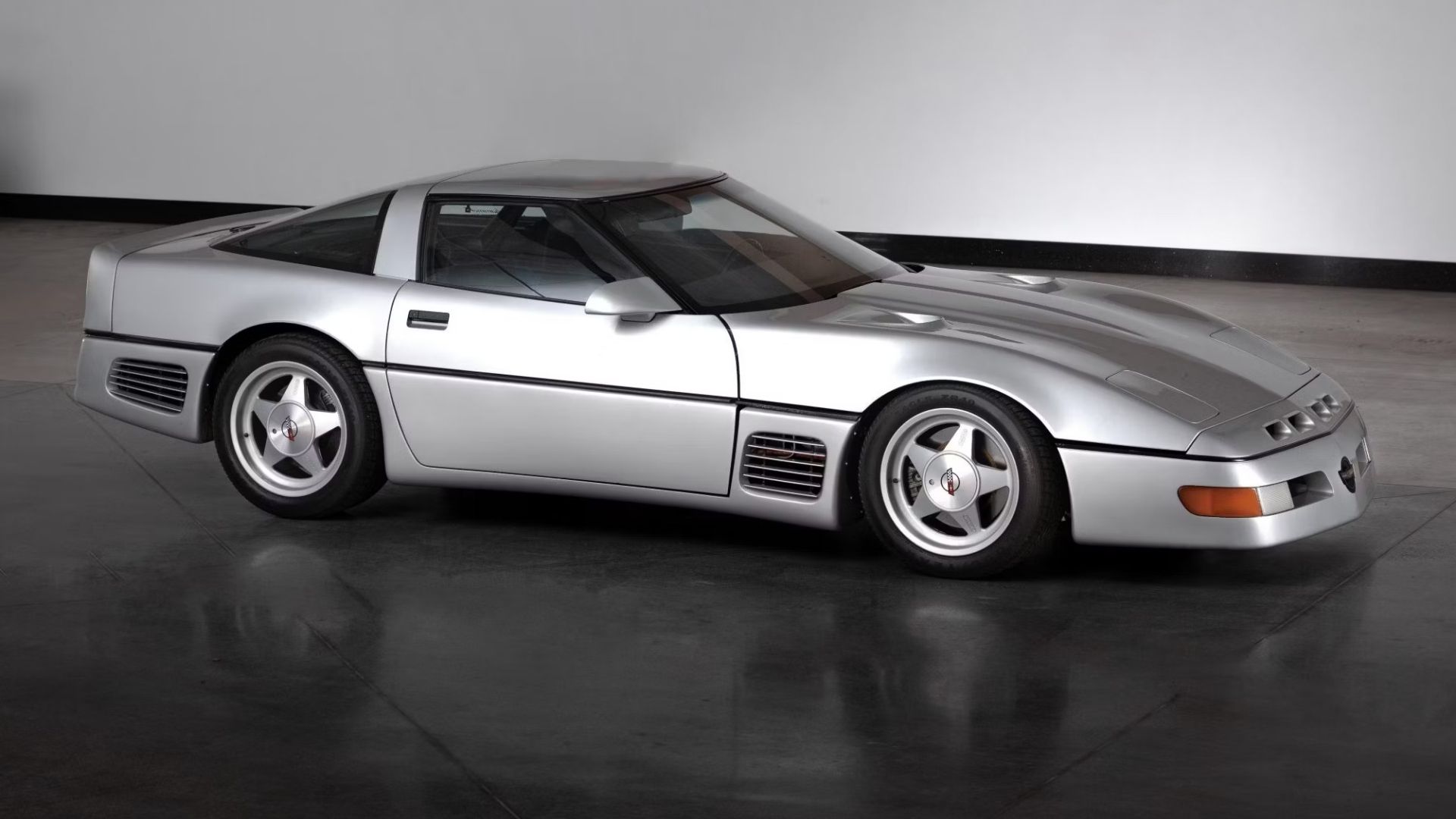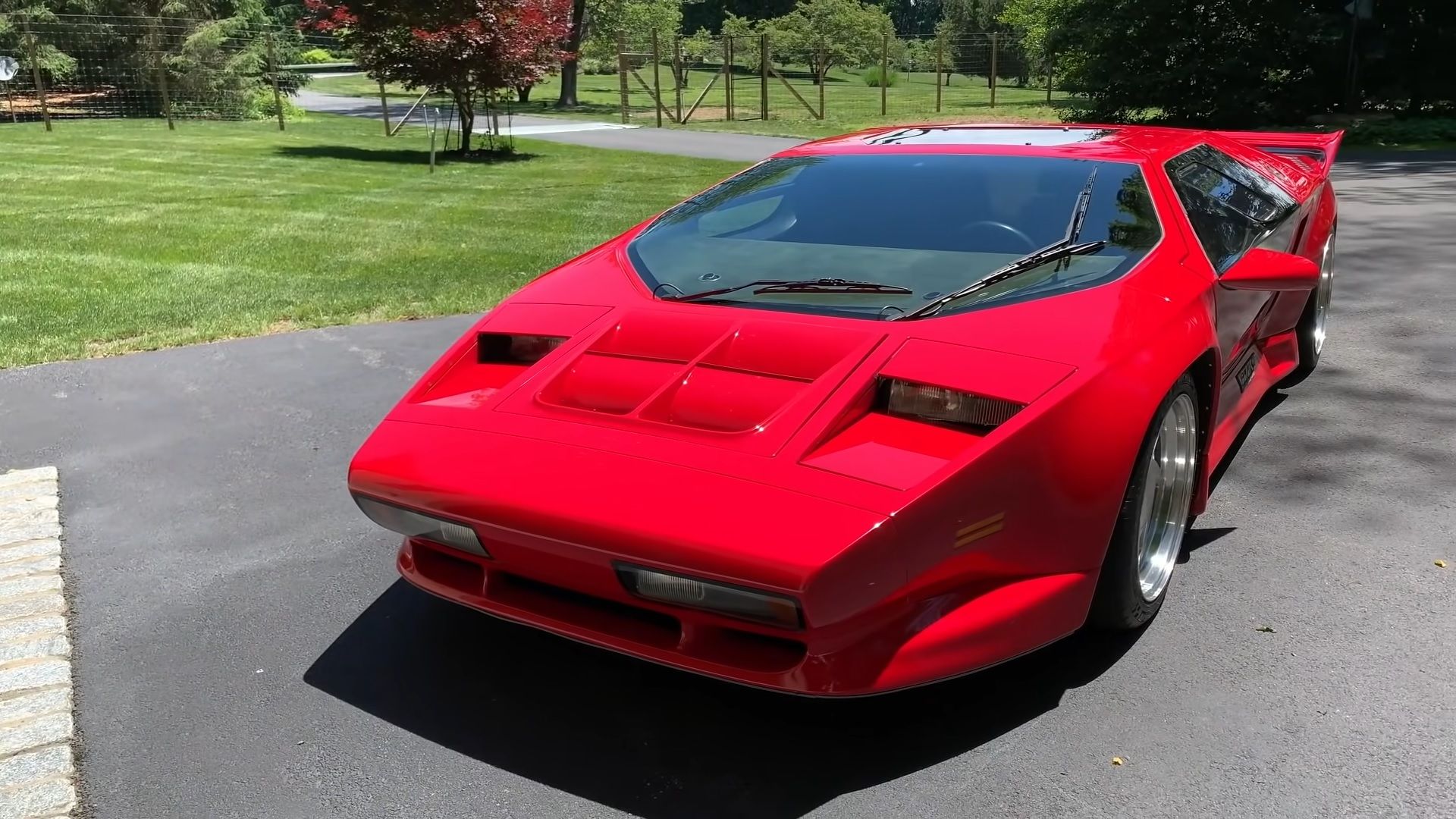The 1980s were a glorious time for supercars. They weren’t as fast or as potent as the supercars of today. Back then, only a handful could break the 200 MPH marker; today, some in the automotive world consider 200 MPH too slow for a supercar. Nevertheless, the speed demons of yore were vital as they provided a basis for the development of faster cars.
Some of them have returned, including the Lamborghini Countach. To celebrate the vehicle’s 50th anniversary, Lamborghini released a limited edition Countach with a 6.5-liter V-12 engine. RuF Automobile released an anniversary version of the Ruf CTR 30 years after the car’s debut in 1987.
Conversely, some '80s supercars wowed the world before fading away. Here are 10 supercars from the ‘80s that deserve a comeback.
We used manufacturer data and information from websites like MotorTrend, and Road & Track to compile a list of 1980s supercars that the automotive world would like to see return.
10 1981 Lamborghini Jalpa
Lamborghini may have faded into obscurity were it not for the ‘success’ of the Jalpa. Success is really not the appropriate word to describe the sale of 420 units in seven years. However, without the money from sales of the Jalpa, Lamborghini may not have had enough funds to update the Countach for the U.S. market.
Specifications
| Engine | 3.5-liter V-8 |
| Engine Output | 255 horsepower and 225 pound-feet |
| Transmission | Five-speed manual |
| Drivetrain | RWD |
| 0-60 MPH | 6.0 seconds |
| Top Speed | 155 MPH |
Thanks to the Jalpa, Chrysler bought Lamborghini for $25 million in 1987, saving the company. The Jalpa doesn’t receive the praise showered on the Countach and the Miura, but it was an excellent car. It wasn’t as fast as the Countach, but it was skinnier, had better visibility, and a lighter clutch, making it a better daily driver.
9 1981 BMW M1
Development for the M1 started in the early 1970s. It was a combined effort by several companies: Gianpaolo Dallara developed the suspension, Italdesign’s Giorgetto Guigiaro handled the design, and Lamborghini designed the chassis. Lamborghini’s exit due to financial constraints and the search for a new chassis developer delayed the project.
Specifications
| Engine | 3.5-liter inline-six |
| Engine Output | 274 horsepower and 243 pound-feet |
| Transmission | Five-speed manual |
| Drivetrain | RWD |
| 0-60 MPH | 6.0 seconds |
| Top Speed | 162 MPH |
BMW handled the powertrain, installing a 3.5-liter straight-six in the M1. The automaker made the vehicle to participate in motorsport events. However, homologation rules obliged BMW to produce road-going versions of the vehicle. BMW discontinued the M1 in 1981, having made 53 race car examples and 391 road cars.
8 1984 Isdera Imperator 108i
The old adage ‘one man’s trash is another’s fortune’ encapsulates the Imperator 1081’s inception. Eberhard Schulz, a renowned car designer, and his team designed the Mercedes-Benz CW311 concept. However, the company opted not to produce the CW311. Determined to see his idea on the road, Schulz built the car under his company, Isdera, and named it the Imperator 108i.
Specifications
| Engine | 5.0-liter V-8 |
| Engine Output | 300 horsepower and 336 pound-feet |
| Transmission | Five-speed manual |
| Drivetrain | RWD |
| 0-60 MPH | 5.0 seconds |
| Top Speed | 176 MPH |
The original Imperator 108i featured a Mercedes-Benz V-8. Later models featured 5.6-liter and 6.0-liter V-8s from Merc and AMG. Featuring a fiberglass body mated to a tubular steel space frame, the 108i weighed just 2,756 pounds. The 5.0-liter variant hit a top speed of 176 MPH. Isdera made only 30 examples of the 108i.
7 1985 Mosler Consulier GTP
The Mosler Consulier GTP featured a puny 2.2-liter turbocharged inline-four, yet few cars could match its speed. The GTP’s secret was its lightweight carbon-kevlar shell and composite monocoque chassis - the vehicle weighed a little over a thousand pounds. Unfortunately, the automotive world was seemingly jealous of the Consulier’s speed.
Specifications
| Engine | Turbocharged 2.2-liter inline-four |
| Engine Output | 175 horsepower |
| Transmission | Five-speed manual |
| Drivetrain | RWD |
| 0-60 MPH | 4.9 seconds |
| Top Speed | 155 MPH |
After the car won two IMSA events in 1991, IMSA imposed a weight penalty on the car before banning it from competing. Despite the vehicle’s undoubted speed, it struggled in the market. People were likely deterred by Mosler’s steep asking price and the vehicle’s shoddy looks. Mosler made 83 GTPs from the mid-80s to the mid-90s.
6 1987 Porsche 959
As it sped towards you, it would have been easy to mistake the Porsche 959 for a Porsche 911; the vehicles shared many design similarities. However, as it zoomed past you, you would realize that no 911 in the mid-1980s was capable of such speed. The 959 had racing roots, having been designed to participate in Group B racing events.
Specifications
| Engine | Twin-turbocharged 2.8-liter flat-six |
| Engine Output | 444 horsepower and 369 pound-feet |
| Transmission | Six-speed manual |
| Drivetrain | AWD |
| 0-60 MPH | 3.6 seconds |
| Top Speed | 198 MPH |
The vehicle had a brief but successful motorsport stint. It featured a turbocharged flat-six engine that propelled the car to a top speed of two MPH shy of 200 MPH. The vehicle’s four-wheel drive system provided stability and facilitated handling. The 959 is considered one of the most influential supercars ever - manufacturers worldwide adopted the vehicle’s technological innovations.
5 1987 Isdera Spyder 036i
The Isdera Spyder was an open-top variant of a Mercedes-Benz concept. The first vehicle made by Isdera. It featured a modified 2.3-liter inline-six engine from Mercedes, which put out 182 horsepower. Considering that it powered a car with a fiberglass body and tubular steel chassis, the 2.3-liter engine seemed to be the right engine for the vehicle.
Specifications
| Engine | 3.0-liter inline-six |
| Engine Output | 217 horsepower and 265 pound-feet |
| Transmission | Five-speed manual |
| Drivetrain | RWD |
| 0-60 MPH | 6.4 seconds |
| Top Speed | 162 MPH |
However, the vehicle’s manufacturer decided to imbue the Spyder with more grunt. Isdera mated a 3.0-liter inline-six heart to the car’s chassis, creating the Spyder 036i. Given that it took an entire year to build the handcrafted 036i, Isdera only managed to produce 14 units.
4 1988 De Tomaso Pantera GT5-S
The De Tomaso Pantera GT5-S was a sportier version of the GT5. Unlike the GT5, which featured bits of fiberglass bodywork, the GT5-S featured a sleek all-steel body. The vehicle’s extended wheel arches and rounded body panels gave the vehicle a curvaceous design, which had become popular among car manufacturers in the mid-80s.
Specifications
| Engine | 5.8-liter V-8 |
| Engine Output | 345 horsepower and 333 pound-feet |
| Transmission | Five-speed manual |
| Drivetrain | RWD |
| 0-60 MPH | 5.2 seconds |
| Top Speed | 164 MPH |
Under the skin and inside, the GT5 and GT5-S were similar. Both featured reinforced suspension, big ventilated front brakes, and a 5.8-liter V-8 churning out 345 horsepower. They also featured electric windows and air conditioning as standard; leather covered the seats, door panels, center console, and transmission tunnel. Thanks to its exceptional design, the Pantera was De Tomaso’s most popular model.
3 1988 TVR 450 SEAC
SEAC was the name given to TVR models with lightweight carbon fiber, fiberglass, and Kevlar bodies wrapped around tubular body frames. The 450 SEAC was an evolution of the 420 SEAC. It featured a 325-horsepower 4.4-liter version of the 4.2-liter Rover V-8 in the 420 SEAC. It hurled the 2493-pound TVR from a standstill to 60 MPH in under 4.5 seconds.
Specifications
| Engine | 4.4-liter V-8 |
| Engine Output | 325 horsepower and 320 pound-feet |
| Transmission | Five-speed manual |
| Drivetrain | RWD |
| 0-60 MPH | 4.3 seconds |
| Top Speed | 167 MPH |
The TVR’s engine growled like an angry lion, rocketing the vehicle to a top speed of 167 MPH. Despite being part of the TVR ‘Wedge’ family, the 450 SEAC featured rounded body panels in line with the popular rounded supercar designs of the mid to late 80s.
2 1988 Callaway Sledgehammer ZR1
Corvette’s ambition when designing the C4 ZR1 was to build the fastest production car on the planet. Before the ZR1’s premiere in 1990, Callaway took the LT5 engine developed by Lotus for the ZR1 and tweaked it to produce 880 horsepower. Callaway fitted the engine with Mahle pistons, a NASCAR-spec block, and two turbochargers.
Specifications
| Engine | Twin-turbocharged 5.7-lite V-8 |
| Engine Output | 880 horsepower and 772 pound-feet |
| Transmission | Six-speed manual |
| Drivetrain | RWD |
| 0-60 MPH | 3.9 seconds |
| Top Speed | 255 MPH |
The results were record-breaking. Driven by John Lingenfelter at the Transportation Research Center, the vehicle tore past 254.76 MPH. Callaway still modifies Corvettes. However, it hasn’t made a Corvette as powerful as the Sledgehammer.
1 1989 Vector W8
The Vector W8 started life as the Vector W2, a spectacular-looking concept by a company headed by Lee Brown and entrepreneur Gerald Wiegert. With its eye-catching design and reported top speed of 230 MPH, the Vector W2 seemed like a car capable of challenging established heavyweights like Ferrari and Lamborghini.
Specifications
| Engine | Twin-turbocharged 6.0-liter V-8 |
| Engine Output | 625 horsepower and 649 pound-feet |
| Transmission | Three-speed automatic |
| Drivetrain | RWD |
| 0-60 MPH | 3.8 seconds |
| Top Speed | 242 MPH (claimed) |
Nearly a decade after the W2 concept appeared in car magazines, Vector released its first production car, the W8. It featured a 625-horsepower V-8 engine powering a car made of fiberglass, Kevlar, and carbon fiber. The results were spectacular: a 0-60 MPH time of 3.8 seconds and a claimed peak of 242 MPH.
Unfortunately, the W8 was expensive and unreliable. The company refunded tennis legend Andre Agassi $455,000 after his W8 broke down. Vector produced only 19 W8s during the vehicle’s four-year run.


